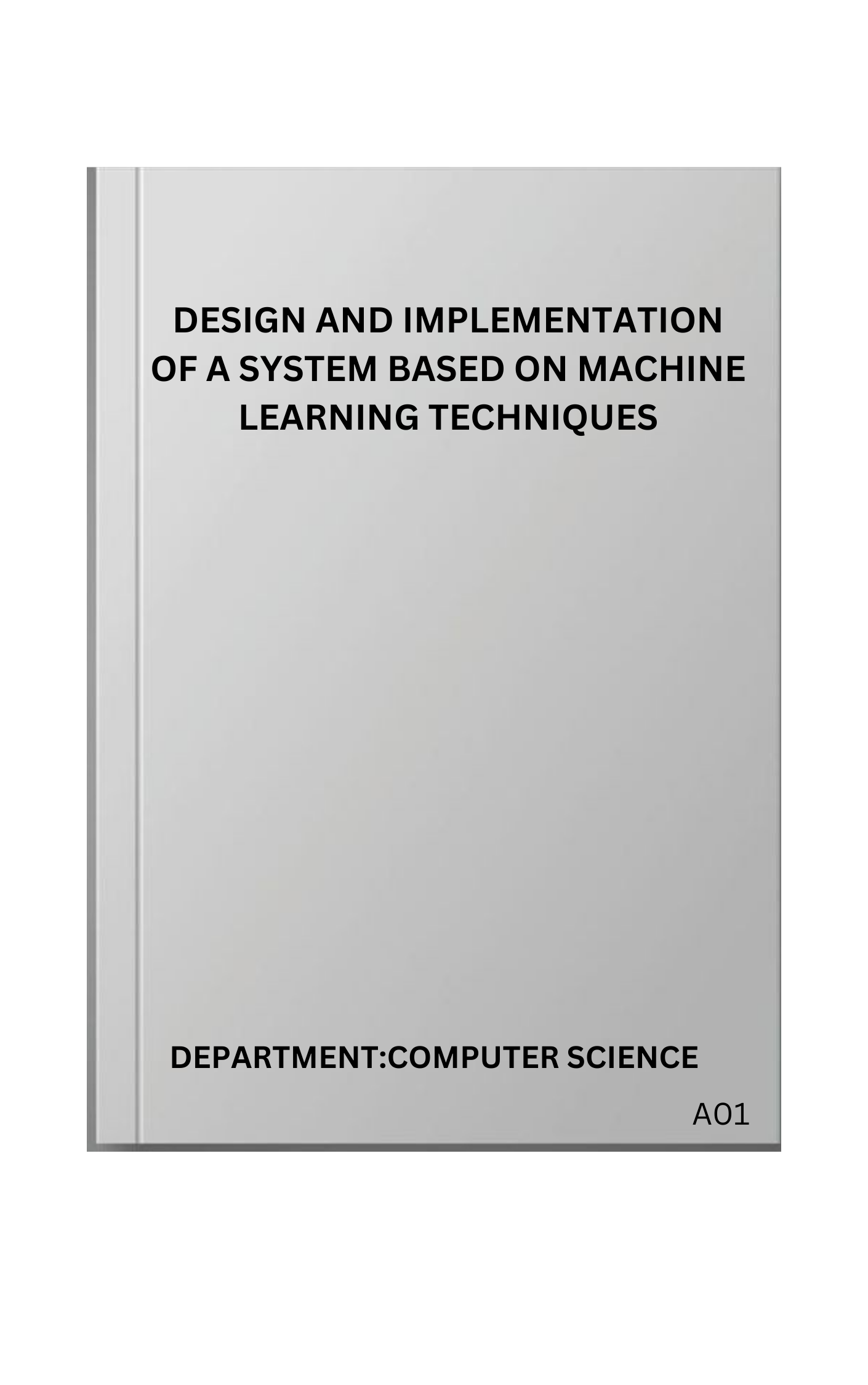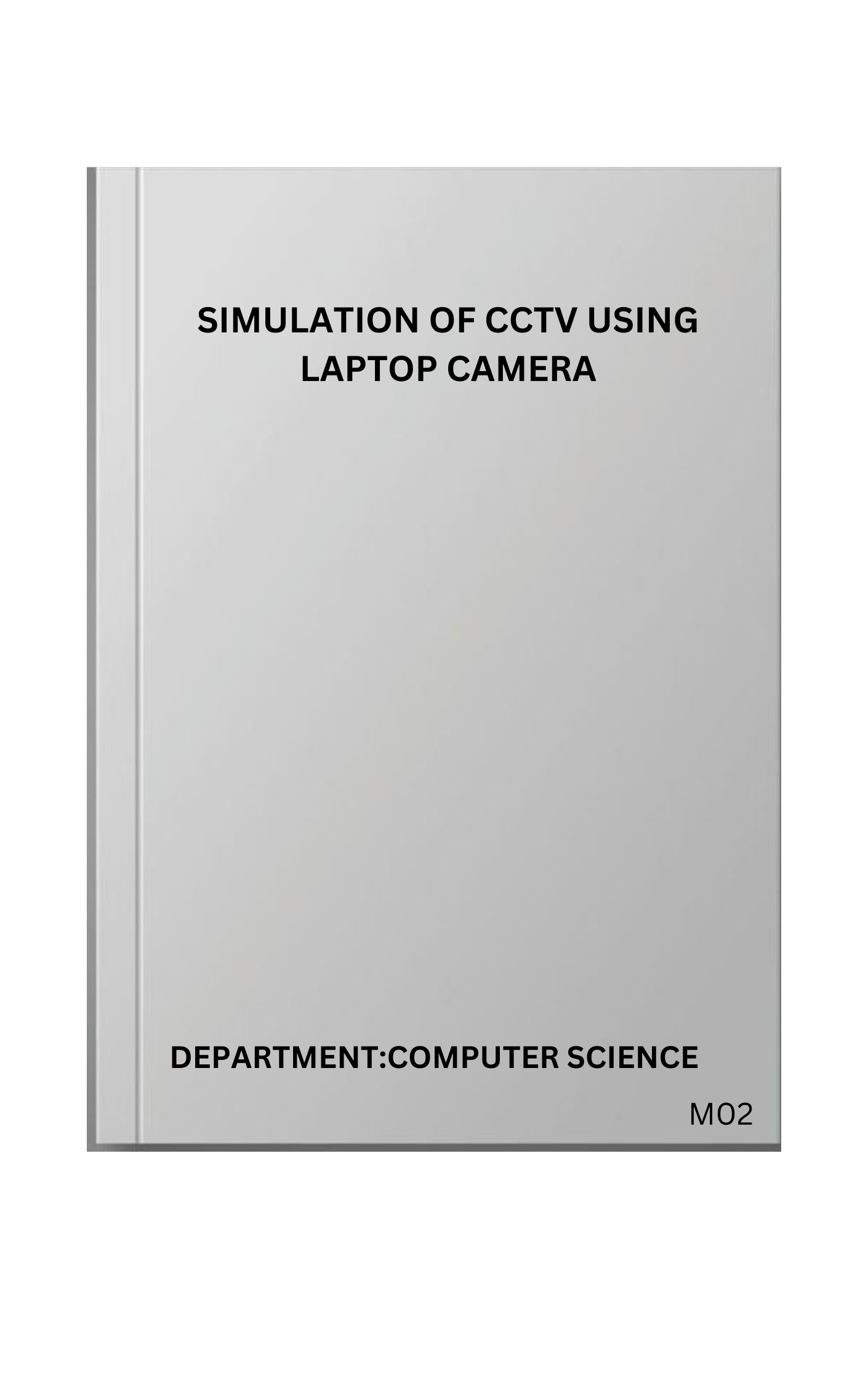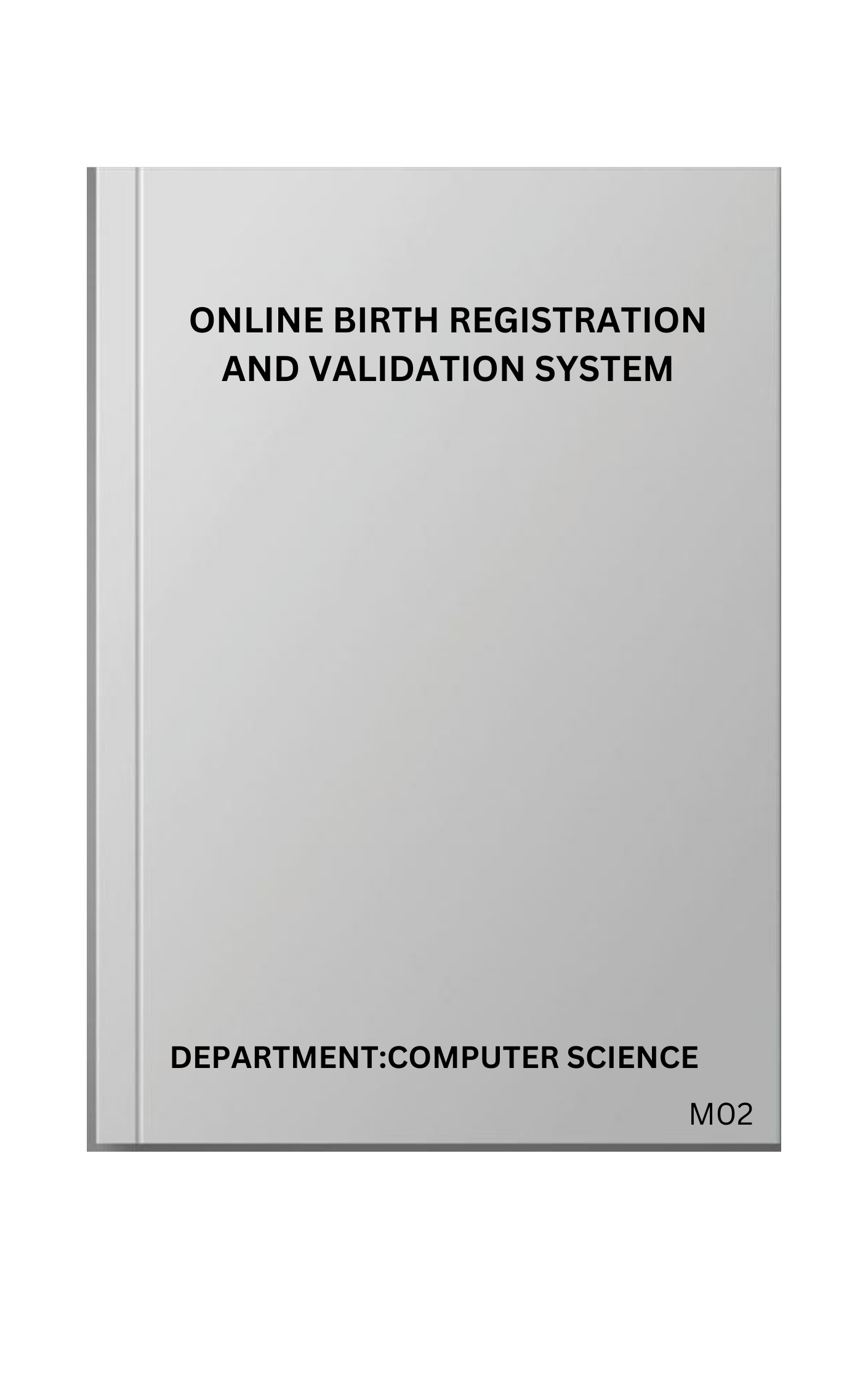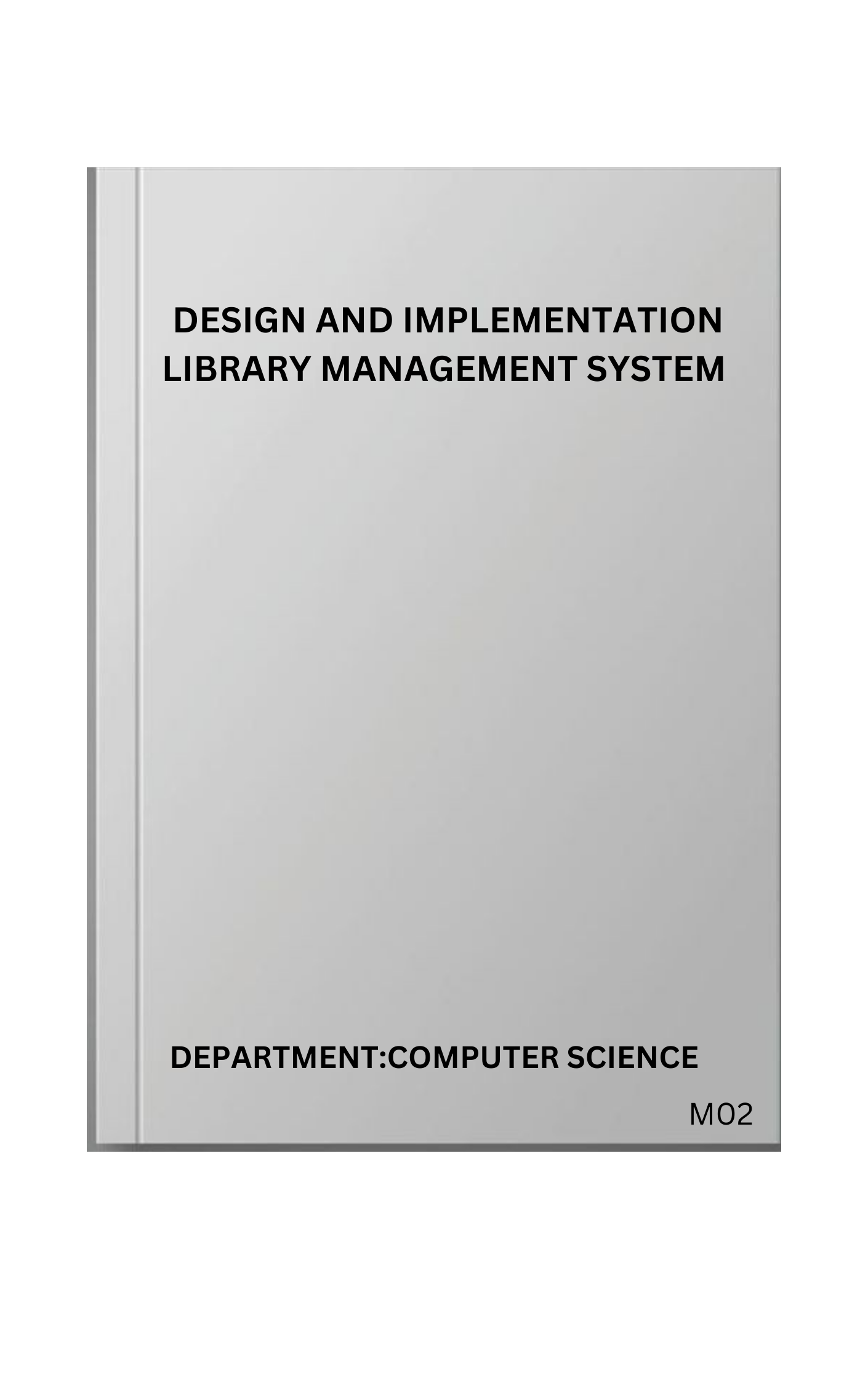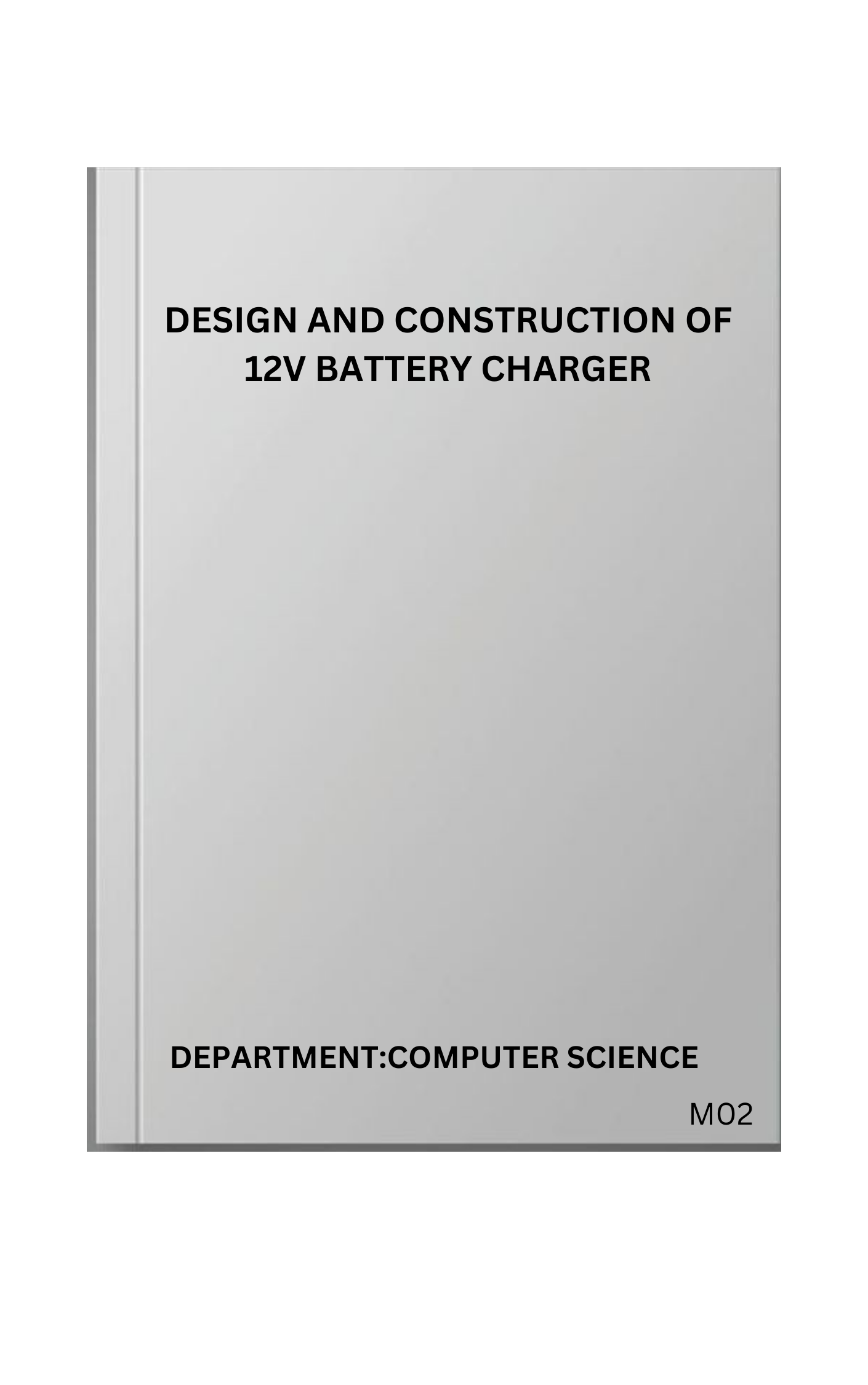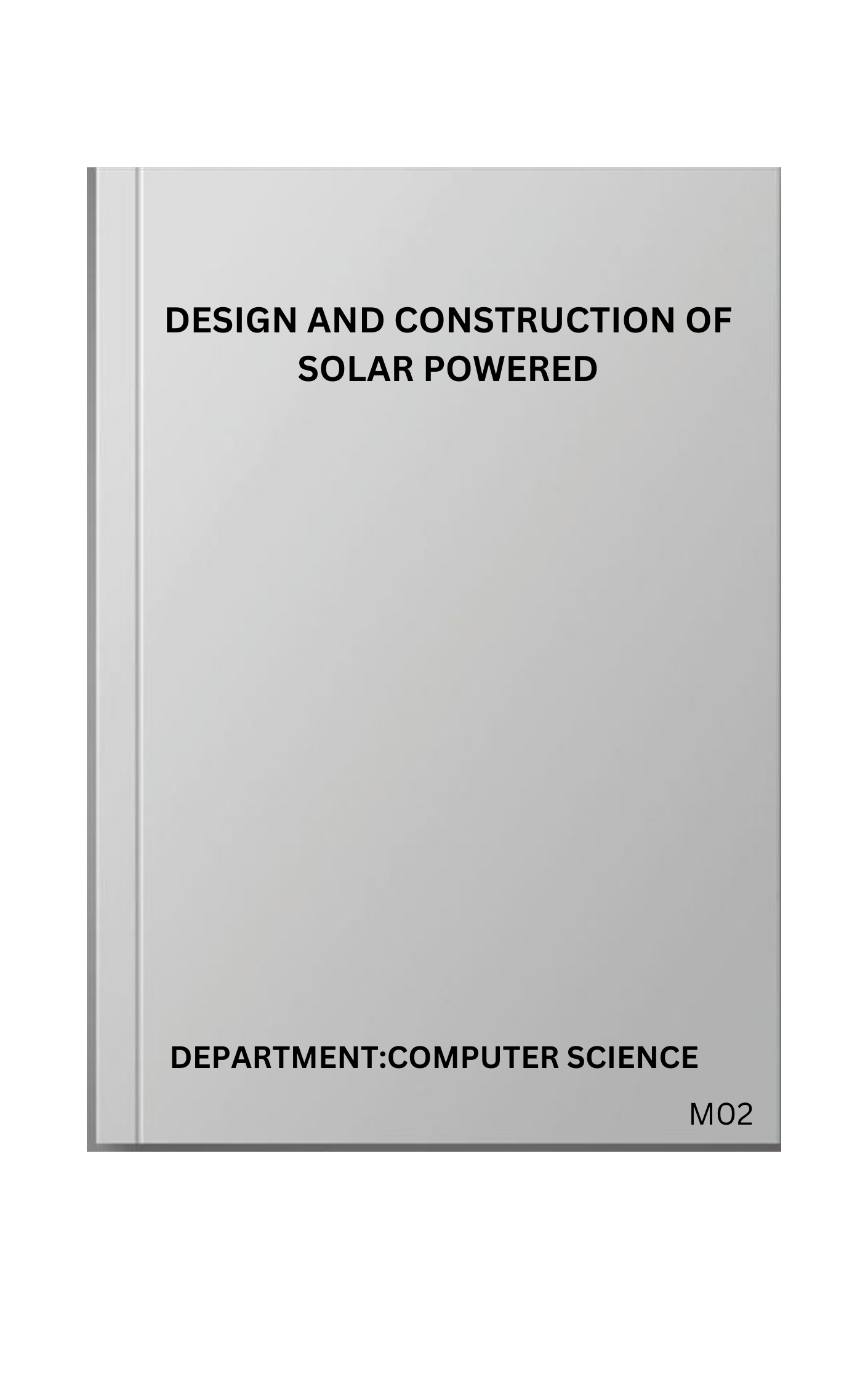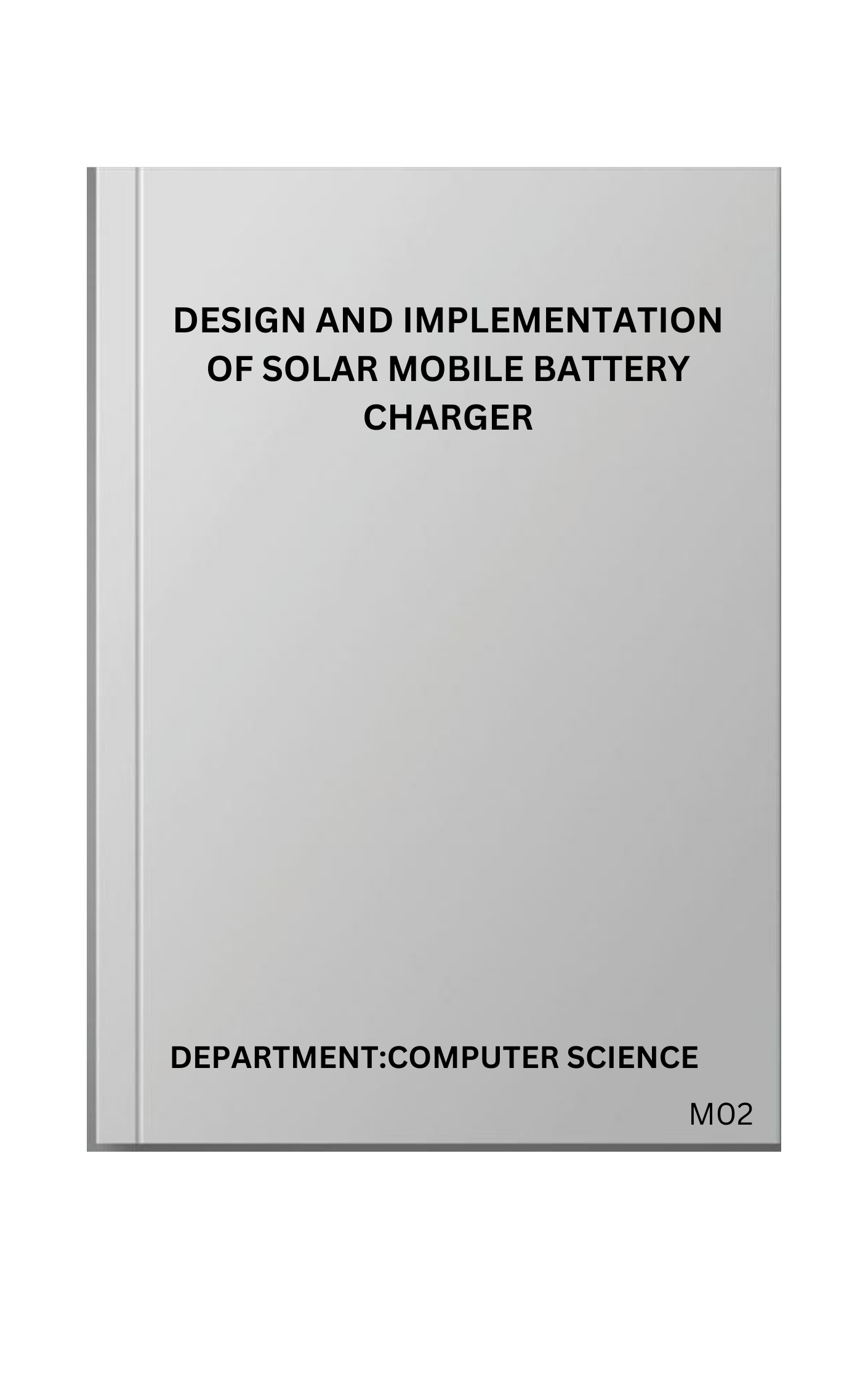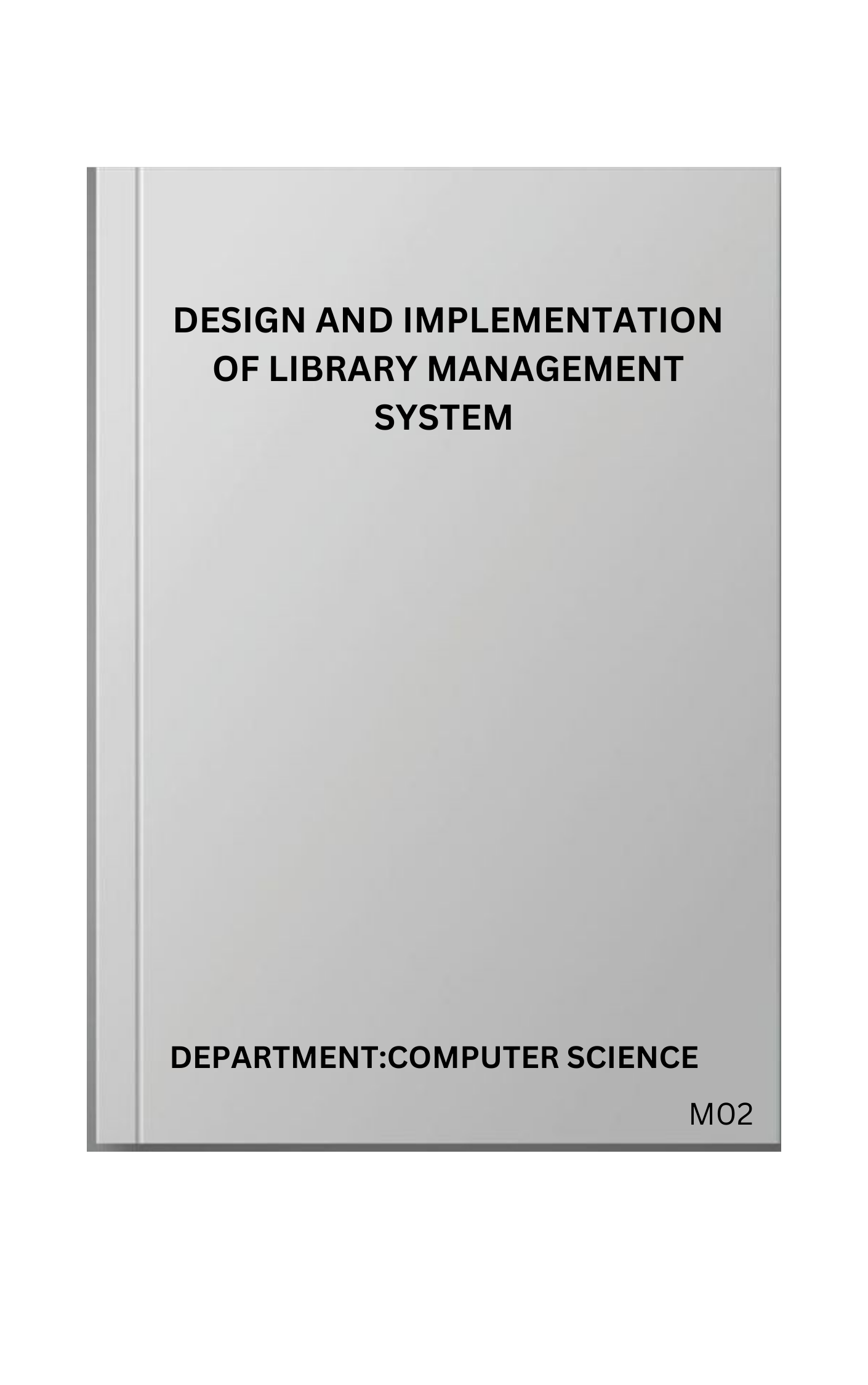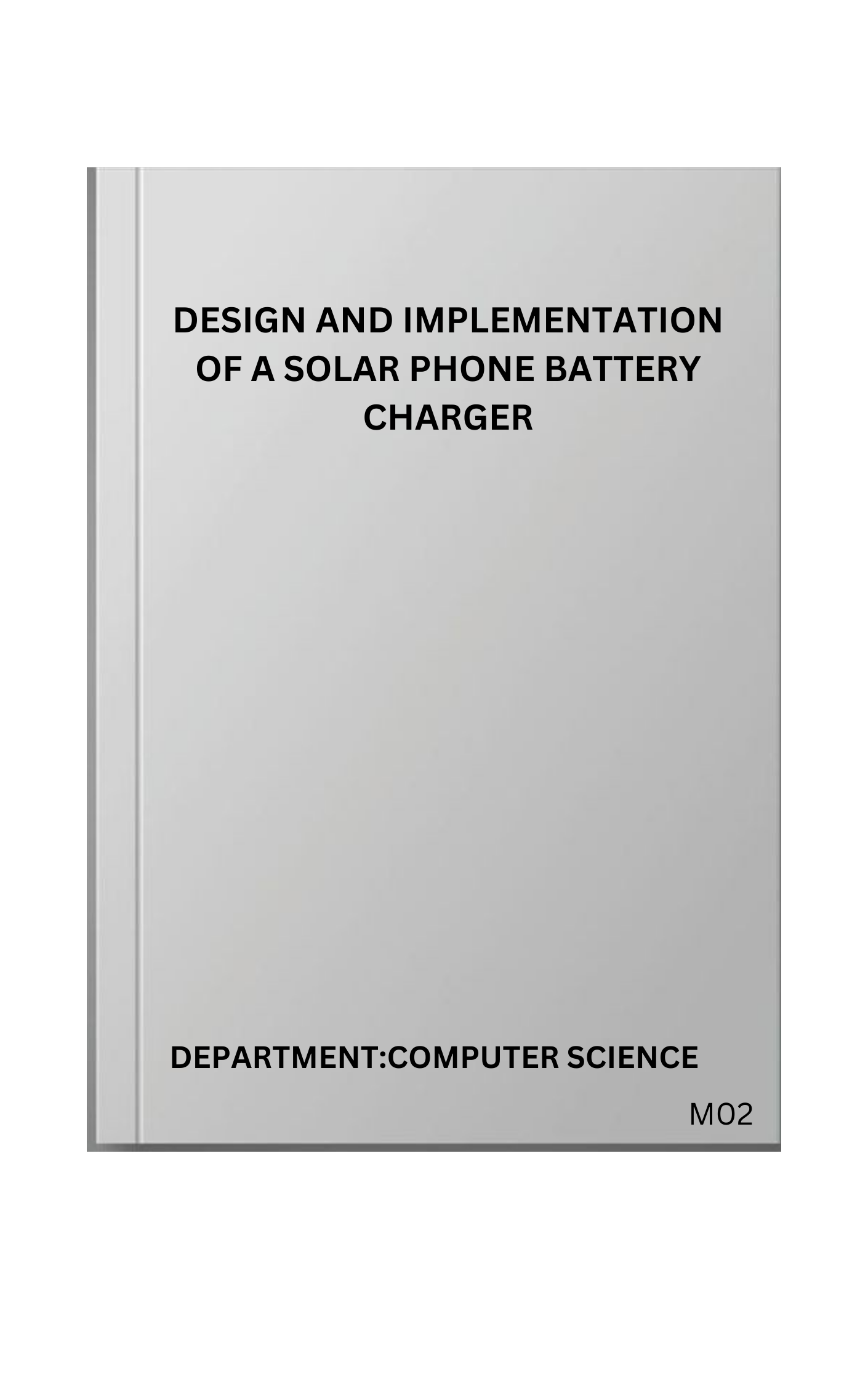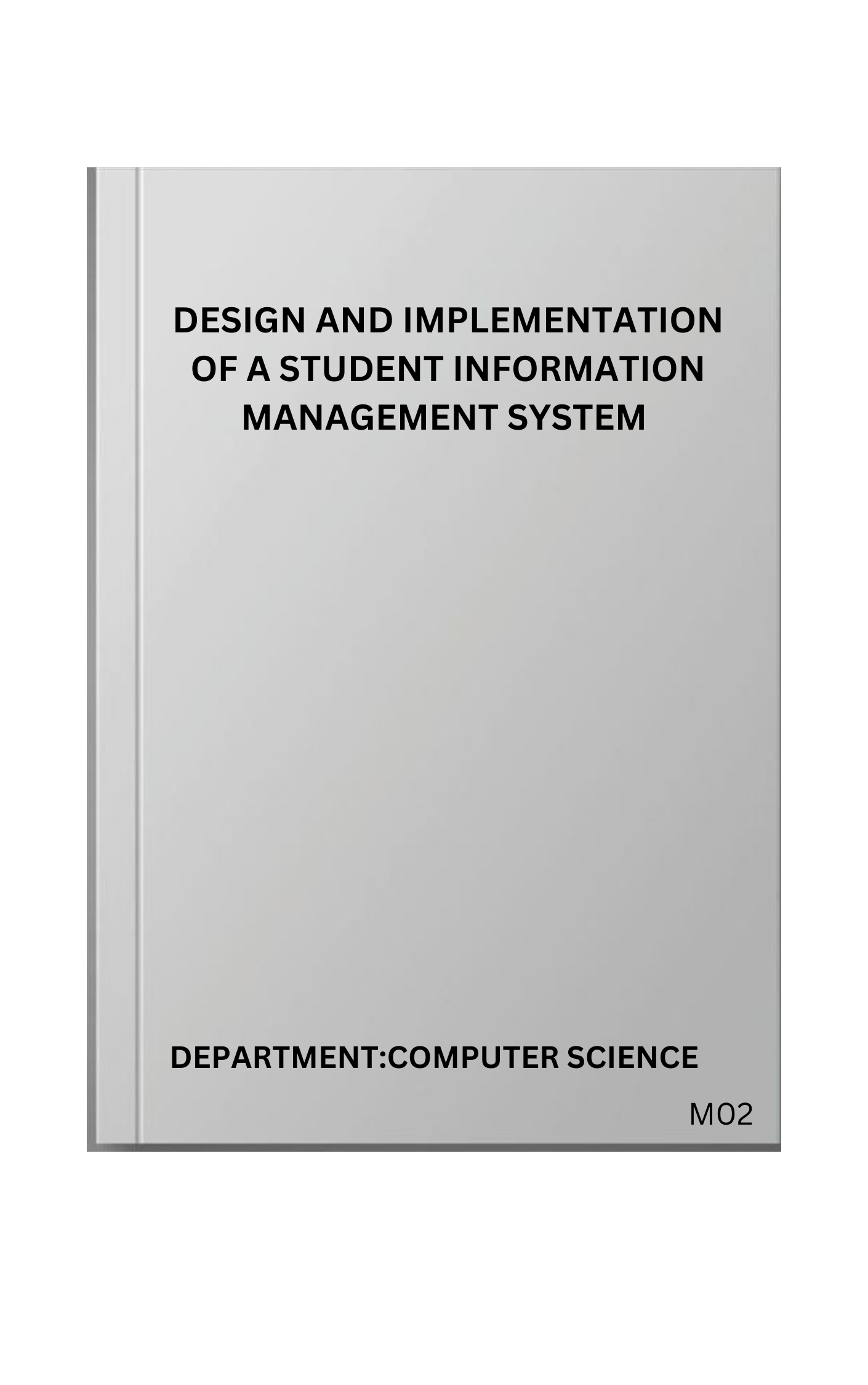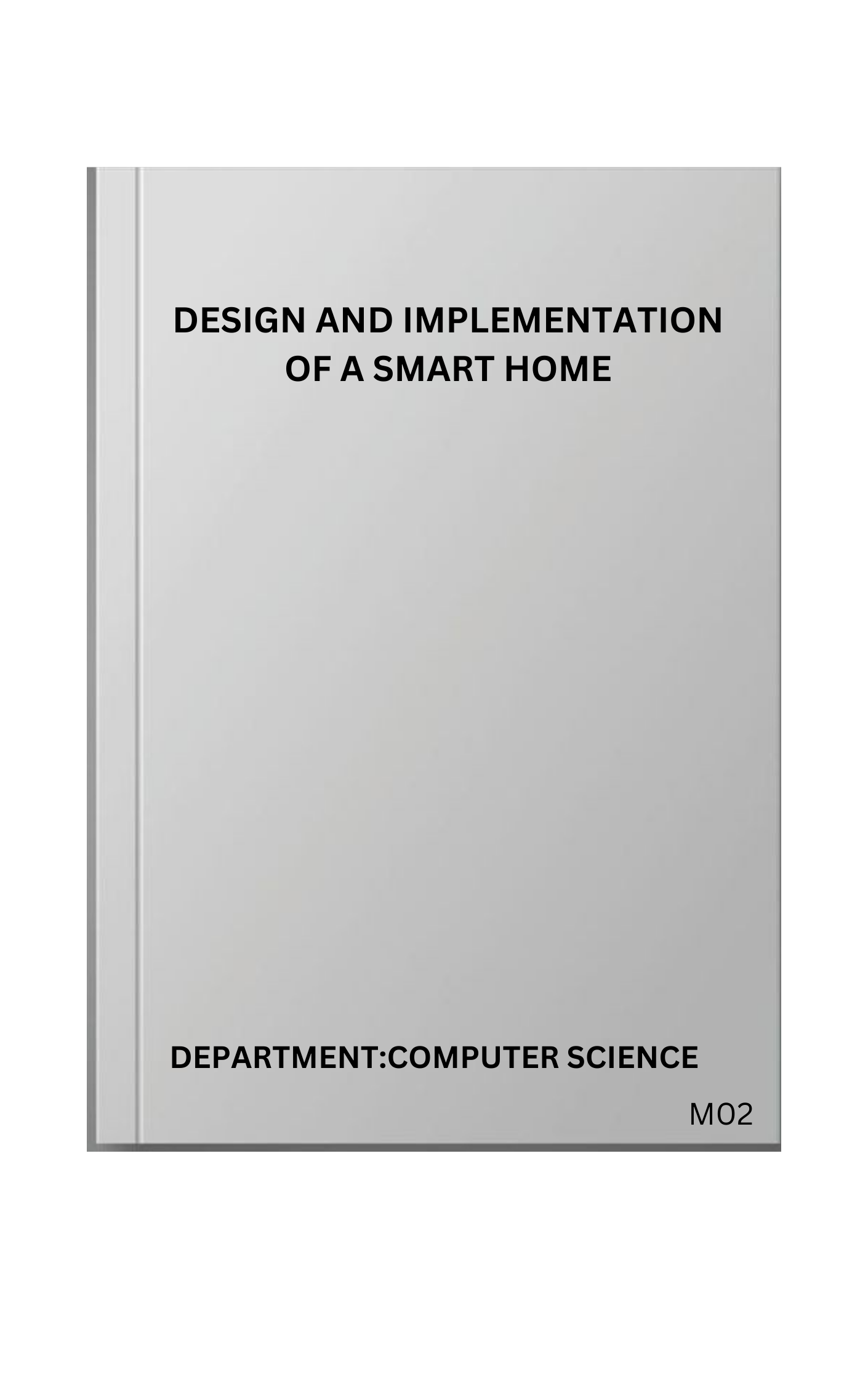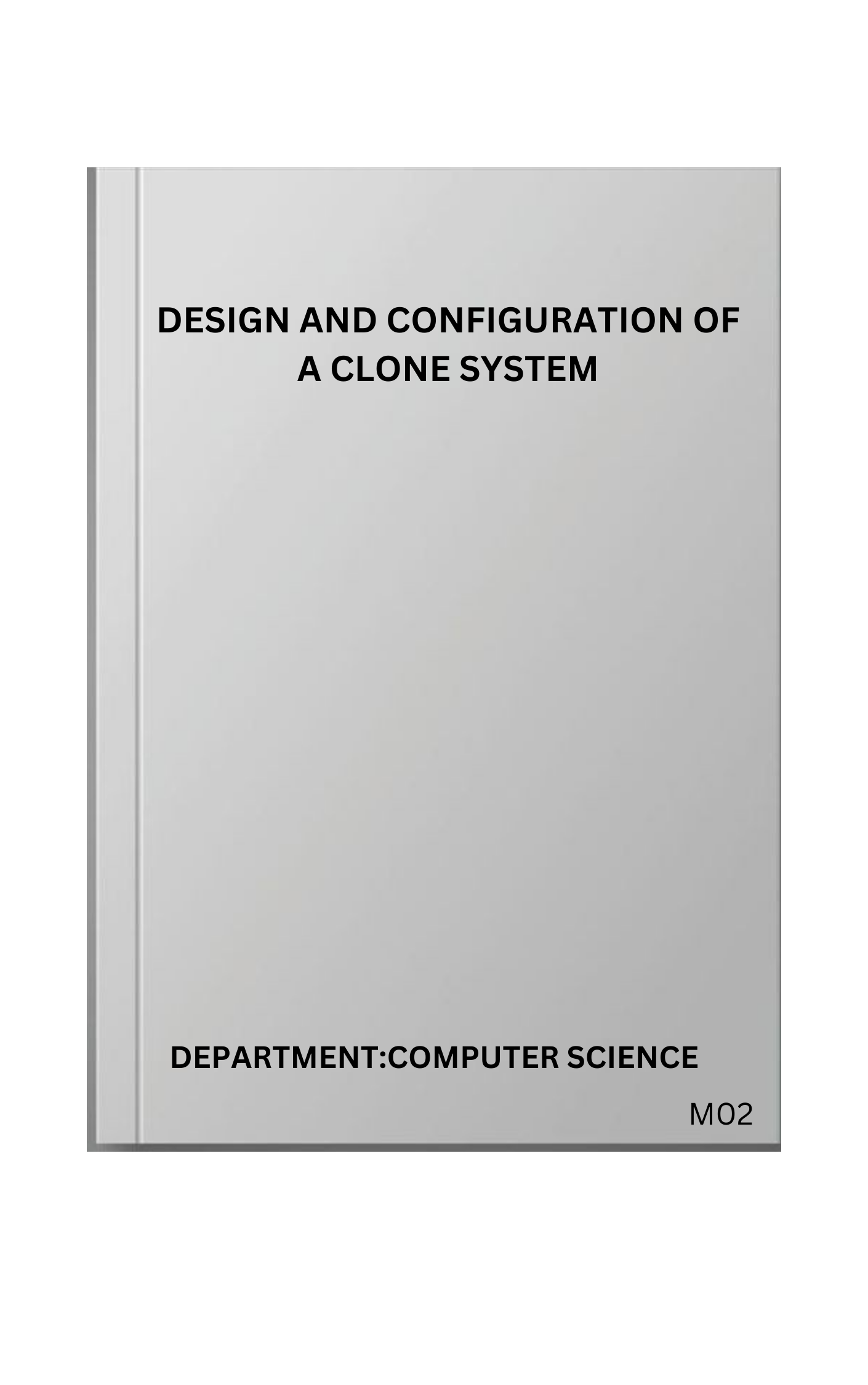CHAPTER ONE
INTRODUCTION
1.1 BACKGROUND OF STUDY
The history of power supply has come a long way, traced into the existence of mankind. Man has utilized different methods and materials for supplying power to the environment for private and public use. These method and materials most of which are from natural source developed by technological methods been used to supply and generate electricity. Nigeria electricity development can be traced back to 19th century when the first generating power plant was installed in the city of Lagos in 1898, from then till 1950, the pattern of electricity development was in form of individual electricity power where by power is being supplied across towns. In 1972 the electricity corporation of Nigeria (ECN) and Niger Dam Authority (NDA) where merged to become National Electricity Power Authority (NEPA). However, the computer science software laboratory has been obtaining power supply from National Electricity Power Authority (NEPA) which is currently known as Benin Electricity Distribution Company (BEDC) since the year 2003 till now. The power being supplied is not sustainable and reliable for usage. The limitations of power supply have constantly impeded the process of learning in the terms of practical software demonstration to the students and other users. In recent years, the power supply especially solar energy has become increasingly important as a way to improve standard of living. Compared to the use of generators which has hugely consume some amount of money for purchase of fuel and maintenance over the years. The earth as a resource center has capacity for supporting a growing human population with an intensive exchange of materials and energy with its environment. Solar energy is a natural source of energy which is obtain from the sun light. It is a radiant light and heat from the sun harnessed using a range of ever evolving technologies such as solar heating, solar architecture and artificial photosynthesis. The amount of energy that reaches the earth upper atmosphere is about 1,350w/ m2. The idea of using solar energy has held scientists in as a grip for centuries. Also, for most of its evolution, mankind relied on its source of energy on constantly replenished materials. When the use of fire was discovered for the provision of heat and for the processing of food, the additional demand for energy was met by constantly renewed source. Later till when water and wind power was also of a renewable nature. Solar technologies are broadly characterized as either solar or active solar depending on the way that captures, convert and distribute solar energy. Active solar technologies include the use of photovoltaic panel and solar thermal collector to harness the energy, Passive solar technologies include orienting a building to the sun. Selecting materials with a favorable thermal mass or light dispersing properties, and designing space that naturally circulate air. Scientists discovered that the sun is capable of providing energy which can track the energy and pass it to an inverter (which converts the energy to a consumable source) that is backup with set of batteries. The solar radiation arrives on the earth at a maximum flux density of about 1km/m2 in wave length of band between 0.3 and 2.5um. This is called short wave length radiation and it includes invisible spectrum. For habited area fluxes received vary widely from about 3 to 30Ml/m2 day. Depending on the place, time and weather. The quality of radiation is characterized by the photon of energy of around 2eV as determined by 60000k surface temperature of the sun. the sun is the most readily and wide available renewable energy source capable of meeting the energy needs of the whole world. It can provide more power than any fossil fuel on panet5. some 4 million tons of the suns matter will continue to be changed into energy. In 1897, Frank Shuman, a U.S inventor, engineer and solar energy pioneer built a small demonstration of solar engine boxes filled with either, which has a lower boiling point than water and were fitted internally with black pipes which in turn powered a stream engine. In 1908 Shuman formed the sun power company with the intend of building large solar power plants. He, along with his technical advisor A.S.E Ackermann and British physicist Sir Charles Vernon boys, developed an improved system using mirror to reflect solar energy upon collector boxes increasing heating capacity to the extent that water could now be used instead of ether. Shuman then constructed a full-scale engine system by 1912. Shuman built the world first solar thermal power station in Maadi Egypt. Any type of equipment used to convert sunlight into energy is considered solar cell or panel. Solar panels are made up of solar cells which are an array of photovoltaic cells (PV). The technology behind solar panels is varied widely throughout the five or six decade and while solar cells where the true origin of modern solar panels, today researcher are shifting to new platform and sunlight which include crafting solar cell from silicon, semiconductor configured to trap and convert sun energy which re coated in an antireflective coating and contained under a glass cover plate to protect the cell from the element. In 1905 General Pearson, Calvin fuller and Daryl Chaplain of Bell's laboratory discovered how well silicon is what solar cells and panels are generally made up of today, An ambitious study has been made using solar satellite which is continuously in direct sunlight to collect the energy, convert it into electricity and direct a microwave beam to a receiver on the earth where it would be reconverted to electricity. However, the cost of schemes is likely to prohibit its realization.
1.2 STATEMENT OF PROBLEM
The world demand for electric energy is constantly increasing, and conventional energy resources are diminishing and are even threatened to be depleted. Moreover; their prices are rising. For these reasons, the need for alternative energy sources has become indispensable, and solar energy in particular has proved to be a very promising alternative because of its availability and pollution free nature. Due to the increasing efficiencies and decreasing cost of photovoltaic cells and the improvement of the switching technology used for power conversion, our goal is to design an inverter powered by PV panels and that could supply stand-alone AC loads.
1.3 AIM AND OBJECTIVES OF THE STUDY
1.3.1 AIM OF STUDY
The aim of this research is to provide an uninterruptable power supply integrating renewable solar energy for computer science Software laboratory, other objectives include
iTo promote the use of renewable energy.
iiTo provide momentum in the shift from fuel reliance on hydro,
iiigas and diesel base power generation to renewable energy
ivsource
vTransfer technology expert in solar photovoltaic power
vigeneration to counterpart in large scale
viiTo reduce both carbon monoxide emissions and fossil fuel consumption
viiiTo provide student the skills and the practical knowledge on how
ixTo install a solar power generator.
PAY TO GET COMPLETE PROJECT

























































